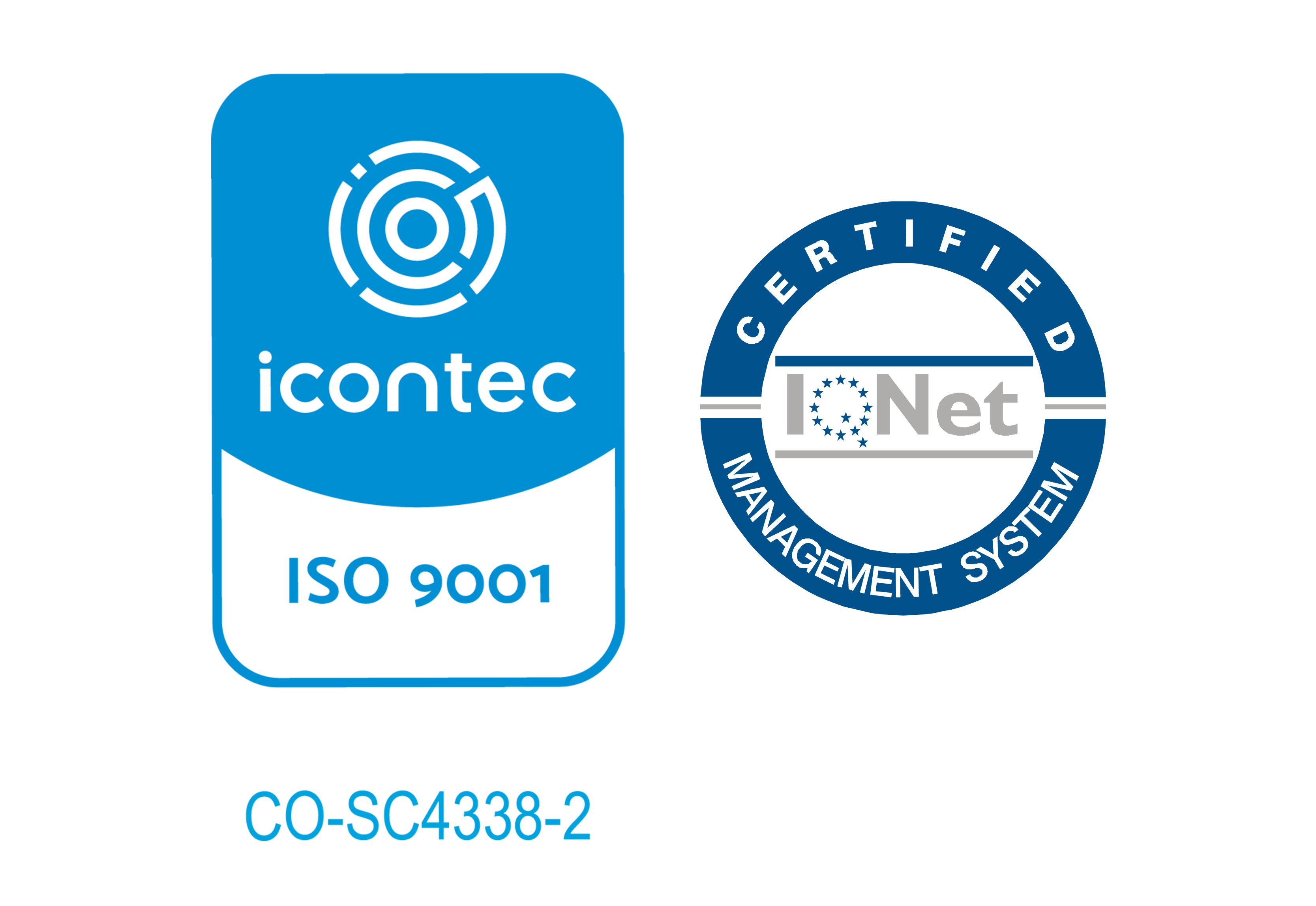Introduction. -- Why manage maintenance. -- Patterns : 1. Patterns in maintenance. -- 2. Where's the money? Proving your case to management. -- 3. How assets deteriorate. -- 4. Estimating maintenance budgets for buildings and equipment. -- 5. Evaluating maintenance. -- 6. Maintenance metrics, KPIs and benchmarks. -- 7. Evaluating worker productivity. -- 8. Budgeting maintenance. -- 9. Life cycle costing. -- Strategies : 10. The science of customer service. -- 11. Reengineering maintenance. -- 12. Dealing with contracts. -- 13. In-sourcing and TPM. -- 14. 5S. -- 15. Guaranteed maintainability. -- 16. Maintenance quality improvement. -- 17. ISO 900X and maintenance. -- 18. Continuous improvement. -- 19. Lean maintenance. -- 20. RCM (Reliability Centered Maintenance). -- 21. PM optimization. -- 22. Accounting issues of maintenance and activity-based costing. -- 23. Maintenance information flow. -- 24. Capturing maintenance information. -- 25. Fire fighting. -- 26. PM (Preventive Maintenance). -- 27. How to install a PM system. -- 28. PM task list development. -- 29. PdM (Predictive Maintenance). -- Support for maintenance strategies : 30. Preplanning : projects that put you in the driver's seat. -- 31. Using statistics in maintenance. -- 32. Planning. -- 33. Project management. -- 34. Estimating job duration and work standards. -- 35. Maintenance scheduling. -- 36. CMMS (Computerized Maintenance Management Systems). -- 37. Maintenance parts and supplies. -- 38. Maintenance vendors. -- 39. Maintenance stock room and inventory control. -- 40. The Internet and maintenance. -- 41. How maintenance interfaces with other departments. -- 42. Elements of maintenance leadership. -- 43. Craft training. -- 44. Special issues of factory maintenance. -- 45. Special issues of fleet maintenance. -- 46. Special issues of building maintenance. -- 47. Special issues of field service.
Texto en inglés

Escuela de administración
Facultad de Jurisprudencia
Facultad de Ciencias
Escuela de Ciencias
Escuela de Medicina
Facultad de Economía
Facultad de Estudios
Facultad de Creación
Escuela de Ingeniería,
Otras Ofertas
 Historia y símbolos
Historia y símbolos
 Enfoque estratégico
Enfoque estratégico
 Gobierno universitario
Gobierno universitario
 Playbok - Nuestros pilares de transformación
Playbok - Nuestros pilares de transformación
 Protocolo de seguridad
Protocolo de seguridad
 Archivo histórico
Archivo histórico
 Portafolio de becas, descuentos y apoyo financiero
Portafolio de becas, descuentos y apoyo financiero
 Casa UR
Casa UR






 Proyección social
Proyección social Filantropía
Filantropía Hagámoslo posible
Hagámoslo posible

 Libro
Libro







